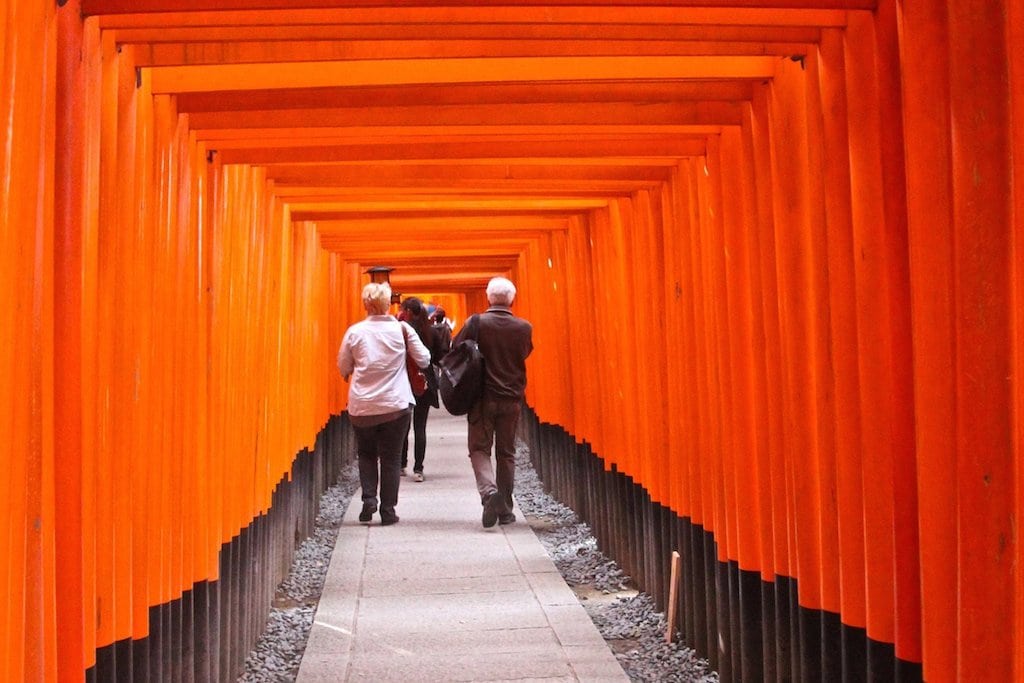Skift Take
Destinations around the world can appeal to travelers in even the most distant markets by branding themselves as exclusive places, the only where a certain kind of experience can be had.
The Japanese city of Kyoto is having a great year for tourism, in part thanks to travelers from the U.S. who are willing to travel for several days and thousands of miles to relax among cherry blossom and temples.
The U.S. is the second largest source market for Kyoto, coming in only after Taiwan and before closer markets like China and Australia.
Thus far, American visitors have accounted for 21,584 occupied room nights in Kyoto, up from 21,009 in the same period last year, reports the Kyoto Convention and Visitors Bureau.
A disproportionately high number of U.S. travelers head to Kyoto once in Japan. The U.S. is second largest source market in Kyoto, but only the fourth largest in Japan.
U.S. travelers stay an average of 5 nights, slightly shorter than vacations by Europeans.
What’s remarkable is how much further U.S. visitors must travel in comparison to Taiwanese and Australian tourists. A flight from the U.S., even the western coast, requires at least one stop and a day or two in travel time. In comparison, a flight from Taiwan takes less than three hours.
Reconnecting with Nature, Tradition
The idea of unplugging and reconnecting with a culture’s roots has come into vogue as of late. Proof is that Travel + Leisure recently named Kyoto as the World’s Best City, putting it above other popular destinations like Charleston, Florence, and Barcelona.
Temples, shrines, and places of scenic beauty are the top motivators to visit Kyoto among U.S. visitors, reports the city’s tourism board.
The majority of U.S. travelers, or approximately 86 percent, visit Kyoto for the temples, shrines, and places of scenic beauty that the city is most well-known for. The area’s gardens and nature, including cherry blossoms and foliage, also rank high among motivators.
Of particularly little importance to U.S. visitors that make the journey across the Pacific are Kyoto’s nightlife, festivals, and pop culture.
Motivators for visiting the city are similar for travelers from regions around the world.
This is a place where travelers come when they want to recharge in nature and reconnect with the traditional Japanese culture of zen meditation and tea ceremonies.
The Daily Newsletter
Our daily coverage of the global travel industry. Written by editors and analysts from across Skift’s brands.
Have a confidential tip for Skift? Get in touch
Tags: japan, kyoto, leisure travel
Photo credit: The vermillion torii gates of the Fushimi-inari Taisha shine in Kyoto, Japan. Patricia Sheridan / Pittsburgh Post-Gazette/MCT
